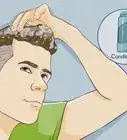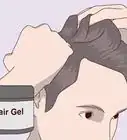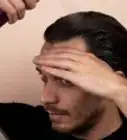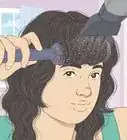This article was co-authored by Ashley Adams and by wikiHow staff writer, Amber Crain. Ashley Adams is a Licensed Cosmetologist and Hair Stylist in Illinois. She completed her Cosmetology education at John Amico School of Hair Design in 2016.
There are 13 references cited in this article, which can be found at the bottom of the page.
This article has been viewed 94,287 times.
U-shaped haircuts are flattering for almost everyone because they add dimension to hair. By removing bulk from the ends and creating a gentle "U" shape in the back, the cut helps hair lay flat while creating lots of movement. U-shaped cuts are easy to achieve at home if you have medium to long hair. However, if your hair isn't at least shoulder-length, grow it out before cutting it into a U-shape or have a stylist create the look for you.
Steps
Brushing and Parting Your Hair
-
1Dampen the lengths of your hair to help it lay as flat as possible. Wash your hair and towel-dry it as you normally would. If you recently washed your hair, you can spritz the lengths with water from a spray bottle to dampen it.
- You may want to go ahead and cover your shoulders with a hairdresser’s cape, garbage bag, or towel to catch falling hair.
-
2Brush out your hair to make it as straight as possible. Brush the hair out thoroughly from the tips to the roots to minimize breakage. Brushing will ensure that the hair cuticle lays as flat as possible. Because you want to create a very specific shape, brushing it out and smoothing it are really important.[1]Advertisement
-
3Use a comb to center part your hair. Drag the end of the comb from the front of your head to the nape of your neck right down the center. Part and separate the hair so that you have 2 sections – 1 on each side of your head. Try to make both sections as equal as possible.
Tip: Using the end of a rat tail comb will help you achieve a straight part.[2]
-
4Push the hair in front of your shoulders on both sides. Once it’s parted evenly, push the lengths of your hair forward on each side so all of it is resting in front of your shoulders. At this point, you may want to brush both sides out once more to make sure they’re tangle-free before proceeding.[3]
- You may also want to clip 1 section of your hair out of the way so that you can focus on 1 section at a time.
Making the Initial Cuts
-
1Slide your fingers down to the length you want to cut on the right side. Gather all of the hair on your right side. Create a V-shape with the index and middle fingers of your dominant hand, place the hair in between them, and slide your fingers down until you hit the length that you want.[4]
- If you have layered hair, you’ll only be working with your longest layer to create the U-shape.
- Keep your fingers straight and parallel with the ground. Don’t angle your fingers at all.
-
2Pull the hair in your fingers in front of your face and snip it straight across. Use sharp hair shears to cut the ends of the hair that are flipped up. Remember to keep your fingers perfectly straight and parallel with the floor. If you angle your fingers, you won’t get the right shape.[5]
- If your hair isn’t quite long enough to pull it up in front of your face, you can stand in front of a mirror.
- You may also want to ask a friend or family member for help to ensure that your cut is even.
Tip: Since your hair is gathered towards the front of your face, the front pieces end up being longer than the back pieces. When you cut straight across, the front pieces get the most length cut off, the side pieces get a moderate amount, and the back pieces get the least. This creates the U shape!
-
3Run a comb through the hair and snip to make it perfectly straight. Use the comb the same way you just used your fingers to slide to the ends and flip the ends up. Move the comb to the very tips of your hair, since you’re not trying to cut off more length, but simply using it for the perfectly straight edge. Then, snip straight across, using the comb as a guide, to even out any bits that weren’t perfectly straight.[6]
- You don’t have to do this, but it can help you achieve perfect symmetry.
- You could also use clippers to get a super straight edge.[7]
-
4Repeat the process on the left side of your hair. Use your fingers as a guide first and make sure the hair is even with the first side. Then, cut straight across, just like you did with the right side. Use the comb to perfect the straight cut you just made.[8]
-
5Compare the tips of your hair on both sides to make sure they're the same length. Since you cut one side and then the other, they may be slightly different lengths. Pull the edges to the center of your face, and make any snips necessary to even out the sides. Then, if you had to trim them, go back to the rest of that side and trim it to the correct length, using the snip you made as a guide.
Shaping and Softening the Edges
-
1Gather your hair in a front ponytail and secure it with a hair elastic. Pull all of your hair up and to the front of your head, then hold it together right at the top of your forehead. Secure the hair with a hair elastic like you would for a regular ponytail.[9]
- If it helps, you can bend over and flip your upside down. Then, just gather the hair together at your forehead before standing up straight again.
- Another approach is to gather the hair under your chin rather than at the forehead. It’s up to you![10]
Tip: Putting your hair in a ponytail refines the U shape of the haircut. Because the hair is gathered at the forehead when you cut straight across, the U shape gets more definition.
-
2Run your hand to the end of your hair and snip straight across. Brush through the lengths quickly once more. Then, keeping all of your hair gathered in one hand, slide that hand down the lengths of your hair so that you’re holding the ends in front of your face. Then, make another cut straight across the hair.[11]
- If your hair isn't long enough to pull in front of your face, just use a mirror to help you.
-
3Turn the scissors vertically and snip into the ends to soften the edges. Since you don’t want your hair to have a hard, unnatural edge, it helps to snip up into the hair vertically from one side to the other to soften the edge. You should only snip up into the hair a couple of inches. Don’t snip all the way up your lengths![12]
- Don’t worry about being super precise here; the idea is to make the straight edge look natural, so be a little sporadic.
-
4Twist the lengths of your hair and cut on a diagonal to soften the edges. After you cut straight across, twist the hair several times and hold the ends in front of you. Then, use your scissors to cut from one side to the other, holding the scissors at a slight angle.[13]
- This just helps to soften up any remaining hard lines and is especially effective if you have layers.
Removing Bulkiness to Complete the Cut
-
1Part your hair down the center. Remove the elastic and flip your hair back into its normal position. Then, use the comb once again to create a center part, gathering one half of the hair over your left shoulder and the other half over your right shoulder.
- Try to make the sections as equal as possible.
-
2Repeat the sporadic vertical snips into the ends on the right side. Using your index and middle fingers, slide down to the ends of your hair and flip them up so you can see them, just like you did at the beginning. Then, repeat the same sporadic vertical snipping to soften the ends and make them look more natural.
- This time, turn the scissors at a slight angle.
- Remember—you only want to snip vertically into the hair a couple of inches.
Tip: You can also use texturizing shears to help you remove bulk from the ends and get the desired effect.
-
3Repeat the process on the left side of your hair. Slide your fingers down to the ends, flip the ends up, and snip into the hair sporadically at a slight angle. This helps to shear out any remaining bulkiness at the ends of your hair.[14]
- Removing bulkiness at the ends helps the hair lay flat and keeps the volume concentrated at the top of your head.
Things You’ll Need
- Sharp scissors
- Comb
- Spray bottle
- Hair elastic
- Garbage bag or towel (optional)
- Clippers (optional)
References
- ↑ https://www.youtube.com/watch?v=kKd9ZkDdmUo&feature=youtu.be&t=74
- ↑ https://www.youtube.com/watch?v=jPak7HVudAE&feature=youtu.be&t=35
- ↑ https://www.youtube.com/watch?v=kKd9ZkDdmUo&feature=youtu.be&t=155
- ↑ https://www.youtube.com/watch?v=kKd9ZkDdmUo&feature=youtu.be&t=205
- ↑ https://www.youtube.com/watch?v=kKd9ZkDdmUo&feature=youtu.be&t=217
- ↑ https://www.youtube.com/watch?v=kKd9ZkDdmUo&feature=youtu.be&t=227
- ↑ https://www.youtube.com/watch?v=jPak7HVudAE&feature=youtu.be&t=83
- ↑ https://www.youtube.com/watch?v=kKd9ZkDdmUo&feature=youtu.be&t=249
- ↑ https://www.youtube.com/watch?v=kKd9ZkDdmUo&feature=youtu.be&t=269
- ↑ https://www.youtube.com/watch?v=jPak7HVudAE&feature=youtu.be&t=57
- ↑ https://www.youtube.com/watch?v=kKd9ZkDdmUo&feature=youtu.be&t=297
- ↑ https://www.youtube.com/watch?v=kKd9ZkDdmUo&feature=youtu.be&t=301
- ↑ https://www.youtube.com/watch?v=kKd9ZkDdmUo&feature=youtu.be&t=313
- ↑ https://www.youtube.com/watch?v=kKd9ZkDdmUo&feature=youtu.be&t=313
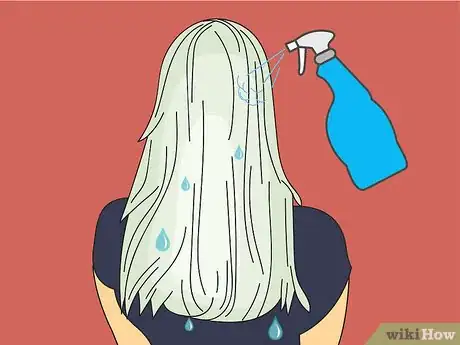
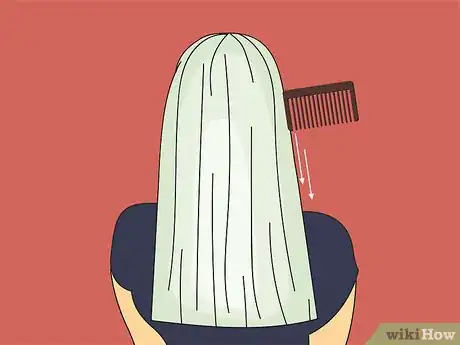
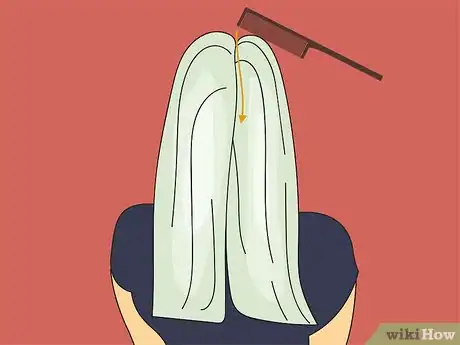
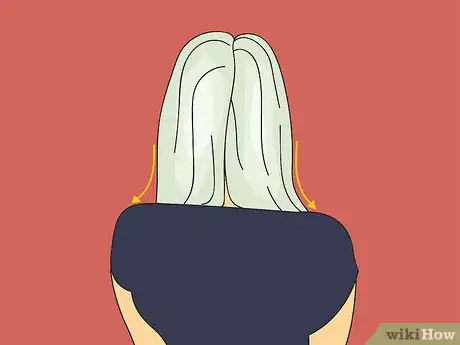
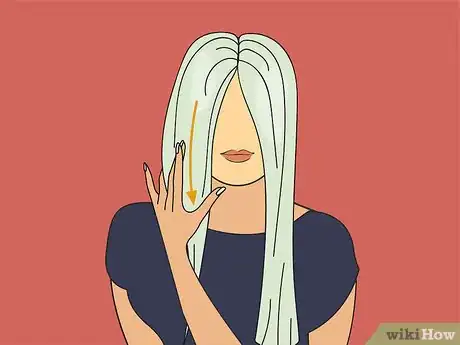
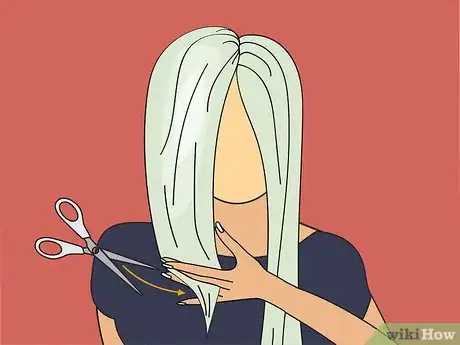
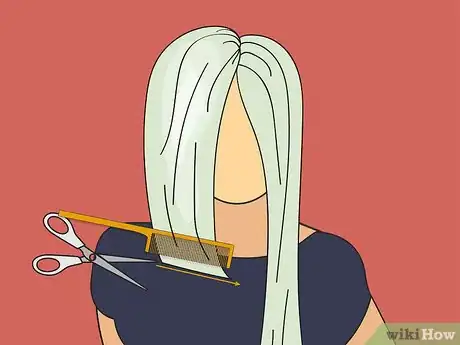
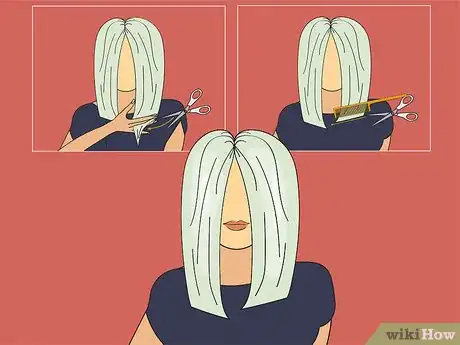
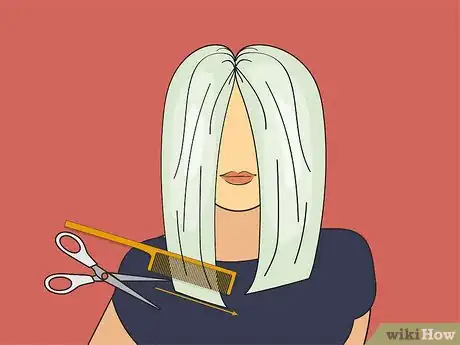
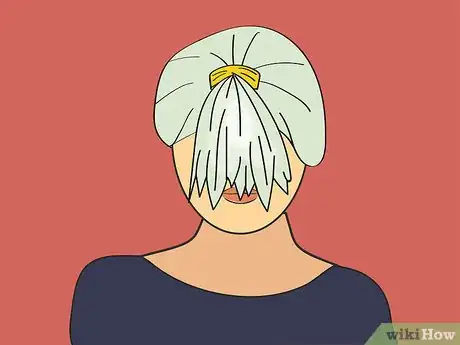
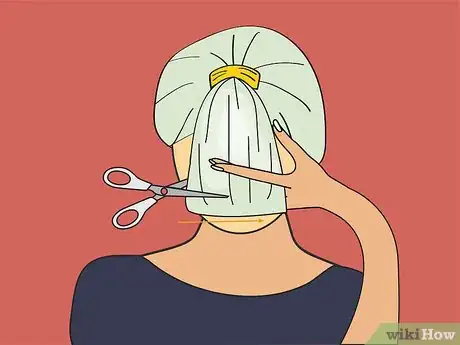
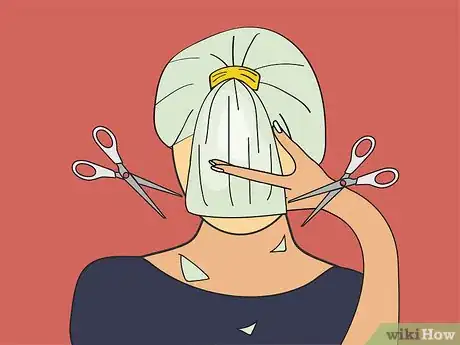

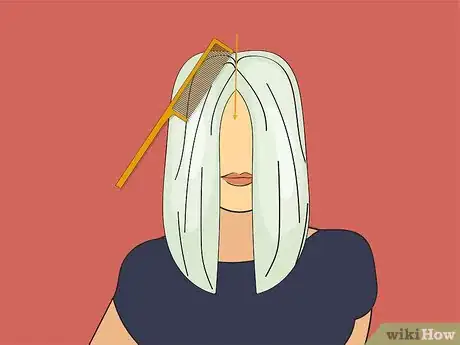
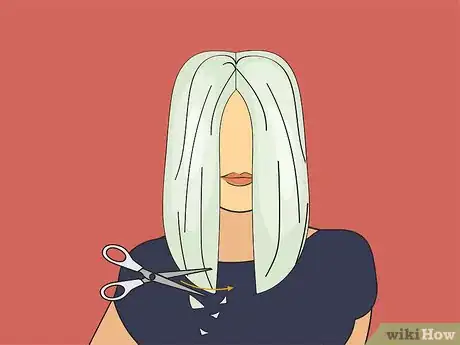
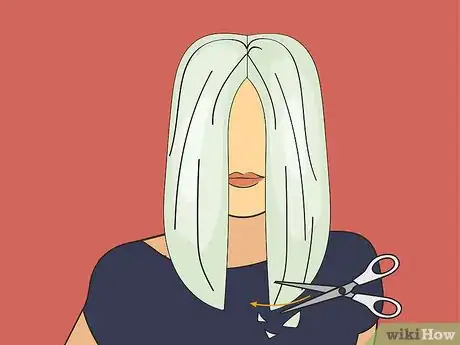
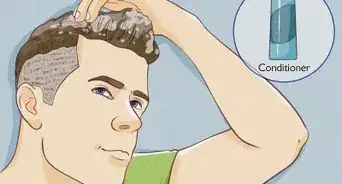
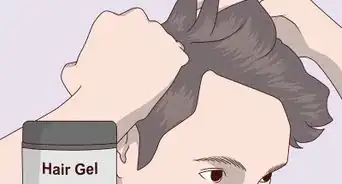
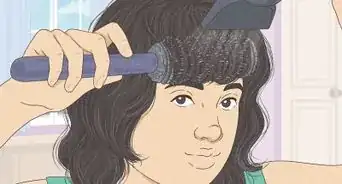
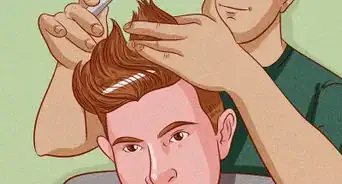
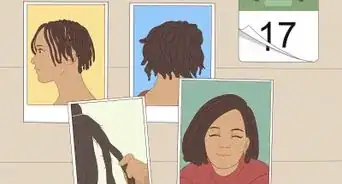
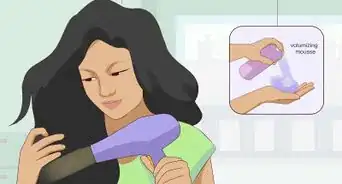

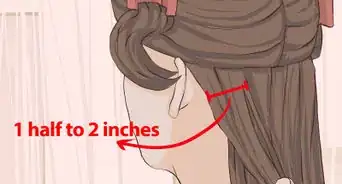
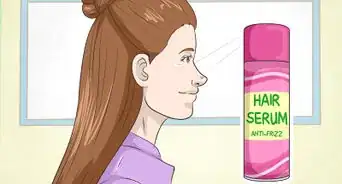
-Step-15.webp)








